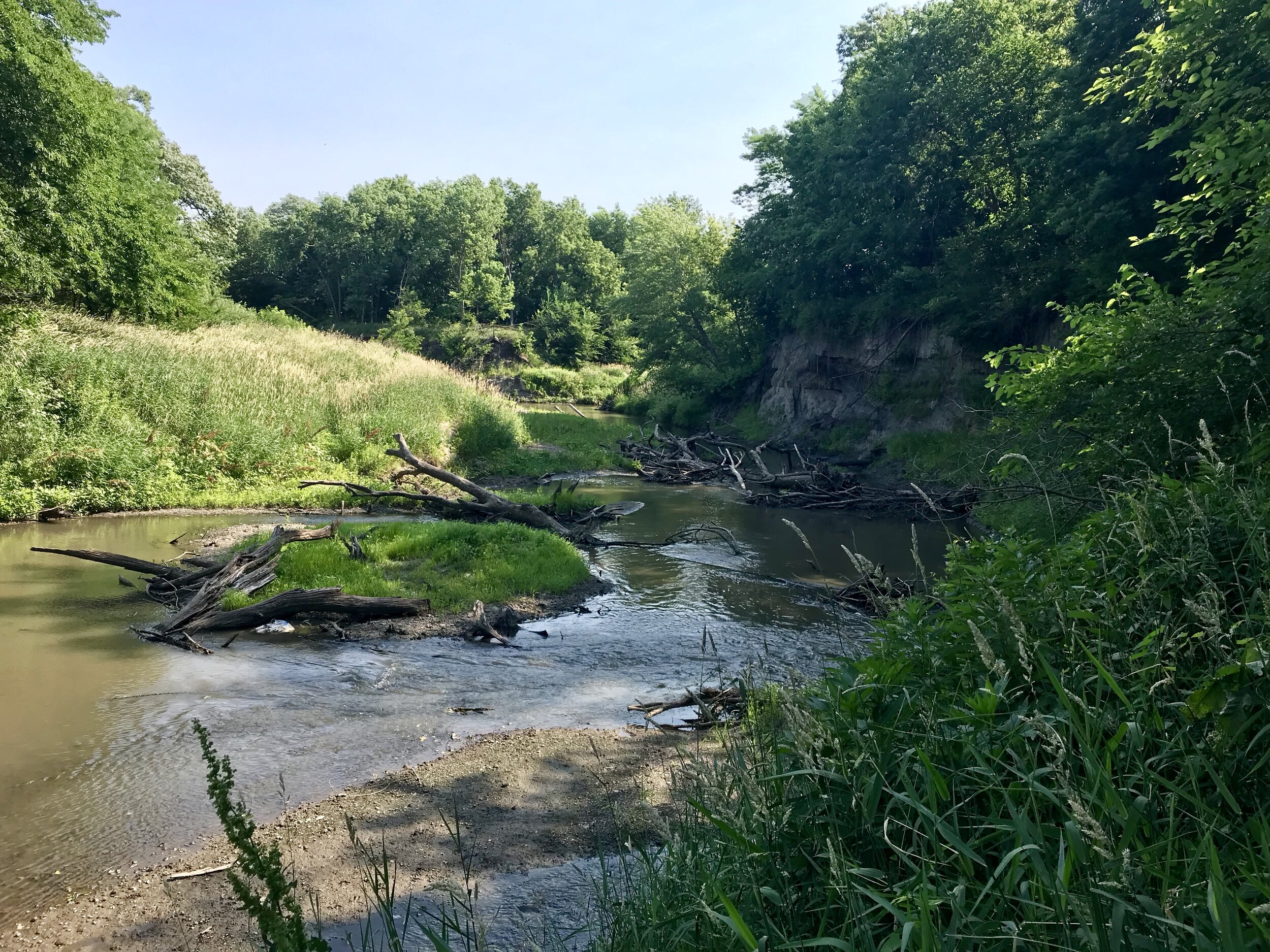
Atrazine and Nitrate-N in Surface Water (Completed)
Significance:
Endocrine disruptor
Increased risk of NHL to people exposed to atrazine and nitrate in drinking water
Association with very preterm delivery (< 32 weeks)
Objectives:
Identify watersheds in Nebraska at risk for exceeding nitrate-N and atrazine maximum contaminant levels (MCLs) in surface water
Determine specific times in the year where risks were greatest
Hypothesis:
Hot spots = Corn production
Hot times = Spring flush months
Conclusions:
Risk was highest in high corn regions
Method developed has the potential to be used for other dual exposure risk assessments
Publication: Hansen, S., T. L. Messer, and A. Mittelstet. 2019. Mitigating the Risk of Atrazine Exposure Across Nebraska, USA: Identifying Hot Spots and Hot Times in Surface Water Watersheds. Journal of Environmental Management, 250: 109424. doi: 10.1016/j.jenvman.2019.109424.
Gradaute Student: Samuel Hansen (MS Biological Systems Engineering; Graduated 2019)